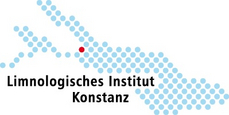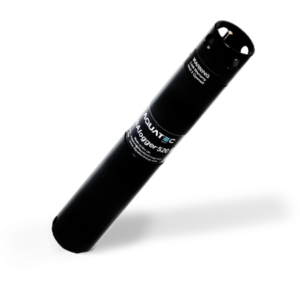 AQUAlogger 520 PT10
AQUAlogger 520 PT10
The AQUAlogger® 520 is a miniature instrument, capable of monitoring accurate temperature and pressure measurements at depths of up to 1000m. The device is a flexible alternative to thermistor chains, given its self-contained design. The AQUAlogger® 520 is an appropriate instrument for both ocean and environmental applications.
Applications
- Long term deployments
- Temperature distribution surveys
- Flexible alternative to thermistor chains
- Environmental impact assessments
- Time series of temperature at fixed depths/points
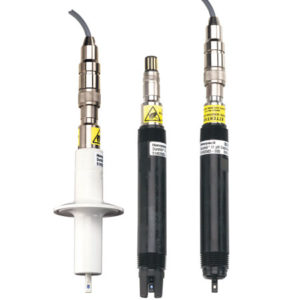 Honeywell Durafet III 7777DVP with Cap Adaptercabel 6m
Honeywell Durafet III 7777DVP with Cap Adaptercabel 6m
Honeywell Durafet pH electrodes use a non-glass, ISFET (Ion Sensitive Field Effect Transistor) technology for the pH sensor. This solid-state ISFET technology eliminates the conventional fragile glass pH sensor offering a robust and almost unbreakable pH sensor design. The Durafet pH electrode has proven industry experience in common pH monitoring applications such as pharmaceutical, waste water and metal treatment works. The sensor provides fast, accurate and stable pH measurement in the most demanding industrial applications.
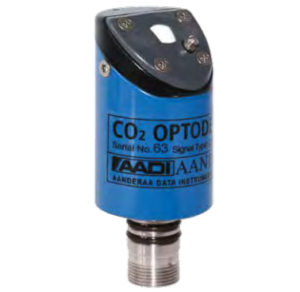 AADI CO2 Optode
AADI CO2 Optode
The new CO2 Optode uses fluorescent dual lifetime detection of pH. When CO2 diffuses into a gas permeable foil the pH in an embedded buffer will change, subsequently changing the fluorescence of the pH sensitive indicator. In aquaculture applications, with relatively high pCO2 levels, these sensors have already demonstrated their high potential with long stability and accuracies sufficient for precise regulation of the living conditions in e.g. fish tanks and pens. Here we report on experiences from the first field trials in the marine environment, which is challenging due to lower concentrations and generally higher demands on accuracy and resolution.
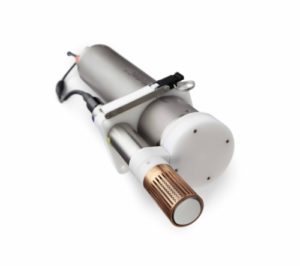
CONTROS‘ HydroC™ CH4
CONTROS’ HydroC™ CH4 sensor is an unique underwater hydrocarbon and methane sensor for in-situ and online measurements of dissolved CH4. Central to the CONTROS monitoring concept for subsea oil and gas production is the HydroC™ CH4, which was specifically developed to allow fast, real-time and in-situ detection of gaseous and even dissolved hydrocarbons/methane in the water column. The HydroC™ CH4 has been successfully implemented in leak detection surveys and pipeline inspections to water depths up to 10,000 Ft. and responds to all hydrocarbons including natural gas and crude oil.
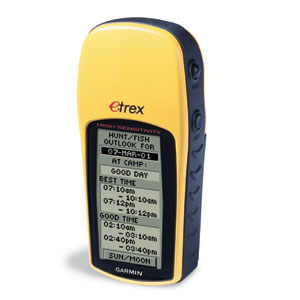 GARMIN GPS eTrex®
GARMIN GPS eTrex®
Besides its small size, boaters and outdoorsmen will be happy with the eTrex’s unique button layout design. All the buttons are located on either side of the unit. The benefits of this design are two-fold. First, the eTrex is a breeze to operate with just one hand and, second, with the buttons on both sides of the unit the bulk of the front of the device is dedicated to the large, LCD display with backlight. The eTrex is so simple it only sports five buttons — Page, Power, Up, Down, and Enter. Thanks to the its bright yellow case, the eTrex is easy to spot and hard to misplace in a boat, backpack, or trunk. Garmin also designed this tiny GPS to be completely waterproof so it can handle an accidental splash or dunk and continue to perform.
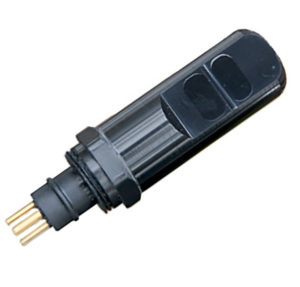
Seapoint Turbidity Meter
The Seapoint Turbidity Meter detects light scattered by particles suspended in water, generating an output voltage proportional to turbidity or suspended solids. The low power requirements make it ideal for applications where battery drain is a concern. Range is selected by two digital lines which can be hard wired or microprocessor controlled, thereby choosing the appropriate range and resolution for measurement of extremely clean to very turbid waters. The offset voltage is within 1 mV of zero and requires no adjustment across gains. The unique optical design confines the sensing volume to within 5 cm of the sensor allowing near-bottom measurements and minimizing errant reflections in restricted spaces. The sensor is easily interfaced with data acquisition packages; a 5 ft pigtail is supplied. Custom configurations are available.
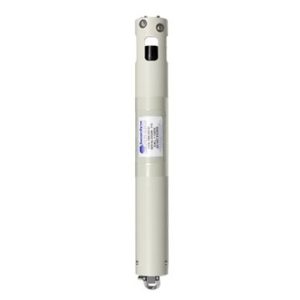 Release Transponder
Release Transponder
The Lightweight acoustic Release Transponder (LRT) has been developed from transponders capable of accurately positioning hundreds of seismic receiver nodes. It has both receive and transmit functions, unlike similar low-cost release transponders, enabling accurate slant ranges to be measured, release actuation to be confirmed and its position to be accurately determined.
The LRT is depth rated to 500 metres making it the ideal choice for use in continental shelf waters. Field replaceable alkaline or lithium battery packs give a listening life of 18 months and 51 months respectively. A ‘screw-off’ release mechanism ensures a positive release action that overcomes any biological growth and all external parts are made of high strength plastics that provide excellent environmental corrosion resistance.
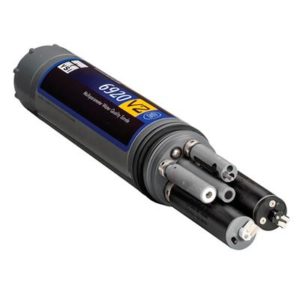 YSI 6920
YSI 6920
The YSI 6920 V2-2 sonde is an economical water quality logging system, ideal for long-term in situ monitoring and profiling. Real-time turbidity monitoring, dissolved oxygen monitoring, algae monitoring, and more.
The V2 sondes represent a proven generation of multi-parameter sondes from YSI. Perfect for harsh fouling environments, YSI’s optical sensors feature an integrated wiper that prevents the impacts of biofouling, a corrosion-resistant titanium wiper shaft, and replaceable seals.
The YSI 6920 V2-2 sonde features an internal battery pack with memory for long-term, unattended deployments. Additionally, the sonde can be powered by a 650 display unit for spot sampling applications.
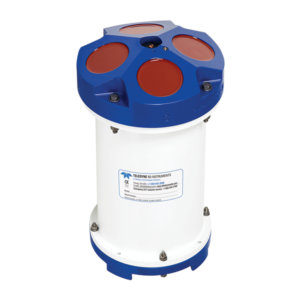 RDI-ADCP
RDI-ADCP
By providing profiling ranges from 1 to 154m, the high-frequency Sentinel ADCP is ideally suited for a wide variety of applications. Thanks to Teledyne RDI’s Broadband signal processing, the Sentinel also offers unbeatable precision, with unmatched low power consumption, allowing you to collect more data over an extended period. The lightweight and adaptable Sentinel is easily deployed on buoys, boats, or mounted on the seafloor. Real-time data can be transmitted to shore via a cable link or acoustic modem, or data can be stored internally for short or long-term deployments. The Sentinel is easily upgraded to include pressure, bottom tracking, and/or directional wave measurement—for the ultimate data collection solution.
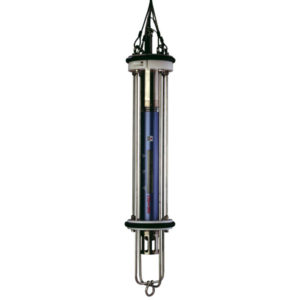 SIS CTD
SIS CTD
The features are:
- High resolution and accuracy
- New sensor concept, conductivity and temperature in the same sample volume
- Autonomous battery powered system
- User programmable by cursor keybuttons
- Internal calculation of salinity, density and sound speed according to UNESCO tables and standards
- Autocalibration functions for simple recalibration of sensors
- Time series sampling for moorings
- Spatial series sampling for profiling
- Serial RS 232 interface
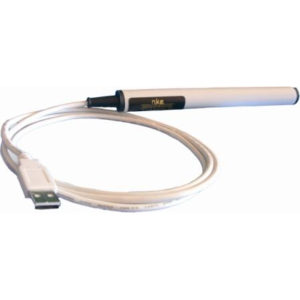 nke Datapencil RS422
nke Datapencil RS422
The Data Pencil communication kit enables to set up nke data loggers and read data without connection thanks to a PC with the WinMemo software.
Several versions of the Data Pencil kit are available:
- Radio version for remote use
- Inductive version (use close to the case of the data logger)
- Waterproof version (50m)
- 6000m version.
Handy, robust and compact, the Data Pencil has been designed for field usage.
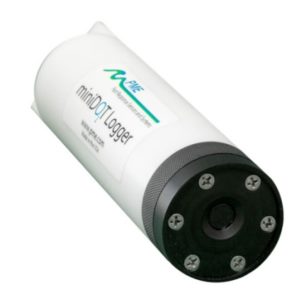 miniDOT logger
miniDOT logger
The miniDOT logger is a completely submersible instrument that logs dissolved oxygen and temperature measurements. The oxygen sensor is an optode that measures dissolved oxygen concentration in water through a fluorescence method. Data are recorded to an internal SD card. Operation of the miniDOT logger such as setting the time and sample interval can be accomplished via the USB cable.
Features:
- Long-Lasting
- Stable calibration
- Records time, date and battery voltage
- Anti-fouling
 CONTROS HydroC CO2
CONTROS HydroC CO2
The CONTROS HydroC® CO2 sensor is a unique and versatile subsea / underwater carbon dioxide sensor for in-situ and online measurements of dissolved CO2. The CONTROS HydroC® CO2 is designed to be used on different platforms following different deployment schemes. Examples are moving platform installations, such as ROV / AUV, long-term deployments on seabed observatories, buoys and moorings as well as profiling applications using water-sampling rosettes.
Features:
- High accuracy
- Very robust, depth rating up to 6000 m (profiling)
- Very fast response time
- Versatile – easy integration into almost every oceanographic measurement system and platform
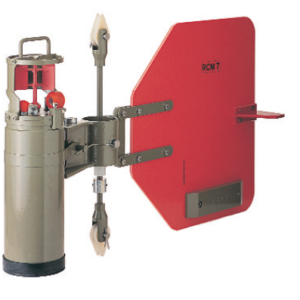 RCM 7
RCM 7
A well proven and reliable instrument for recording of current speed and direction, water temperature, conductivity and depth at which the instrument is placed. The depth range is 2000 meters. A deep sea version, designated RCM 8 is available for depths down to 6000 m. More than 5000 units have been manufactured over the last 12 years.
- Current Speed: Range: 2 to 295 cm/s
- Current Direction: Range: 0-360° Magn.
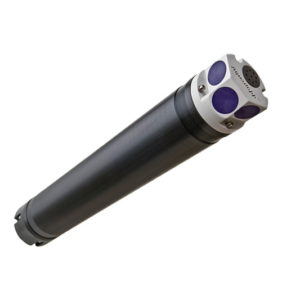 Nortek Aquadopp
Nortek Aquadopp
Aquadopp 3D current meterThe Aquadopp is probably the most versatile single-point current meter on the market. It is cost-effective, robust and has a wide range of applications. The system electronics integrates accurate Doppler velocity measurements with standard sensors such as temperature, pressure, tilt, and compass. It is low maintenance, has no moving parts, requires no recalibration, and has no zero-point drift over time. The instrument can be used in real-time applications but also comes standard with an internal recorder, batteries and a highly sophisticated power management that makes it the system of choice for self-contained deployments.
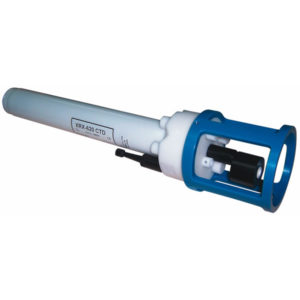 RBR C.T.D
RBR C.T.D
The RBRconcerto C.T.D conductivity, temperature and depth logger is our redesigned CTD logger built on the years of experience RBR has creating reliable and easy-to-use instruments. Salinity, depth, and speed of sound are derived through post-processing with the software supplied. The RBRconcerto C.T.D is a submersible instrument that is self-contained, accurate and autonomous; it can be deployed for a period of up to 5 years at 1 minute sampling intervals and data is retained in memory even after the batteries are removed.
